How the “6 Thinking Hats” Method Can Help Your Idea Become Super Successful
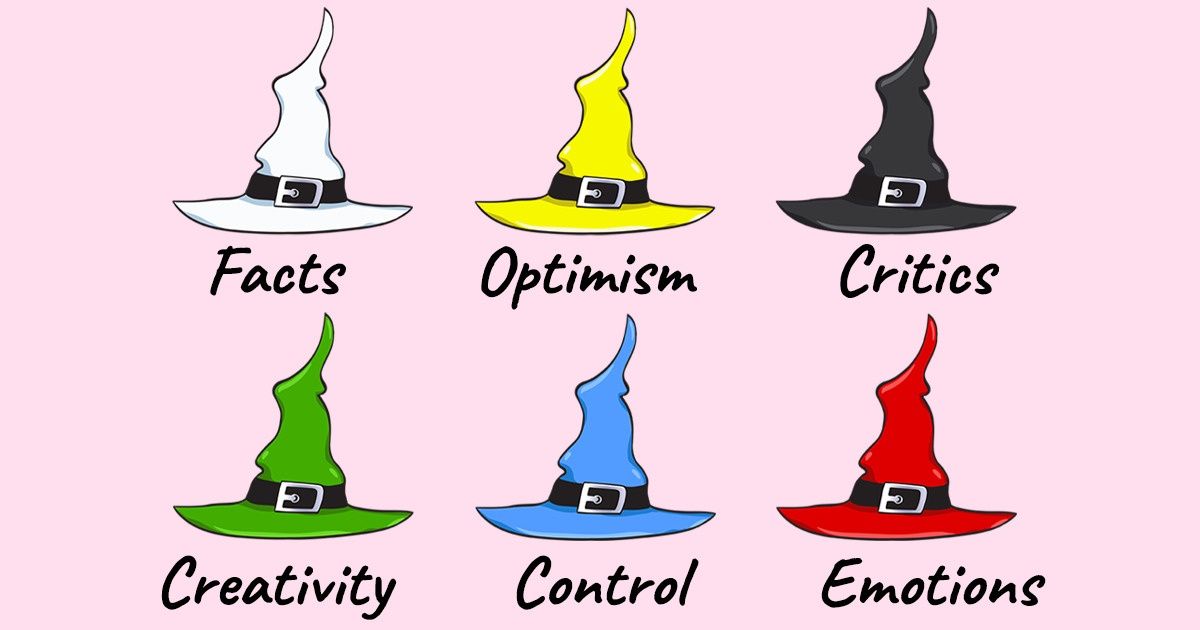
The “6 Thinking Hats” method was invented by Dr. Edward de Bono — a psychologist, writer, and recognized expert in the field of creative thinking. His technique will help you to creatively look at your idea from different angles and bring it to perfection.
We at 5-Minute Crafts have tried this method on ourselves and have already made a couple of wonderful decisions.
What “6 Thinking Hats” are all about
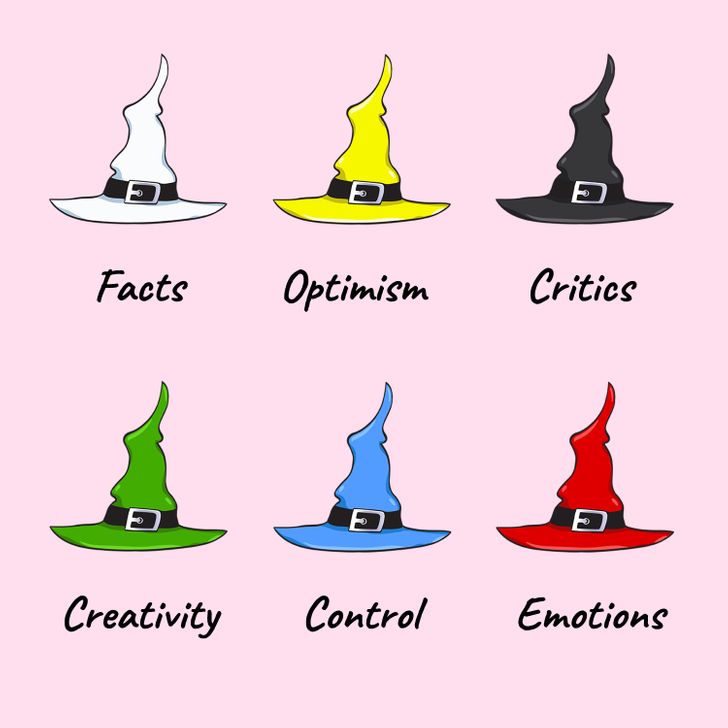
This simple visual technique is based on the principle that our brain can think in different ways and, therefore, we can deliberately change the tactics of thinking about certain ideas, which will lead to a search for the best creative solution.
When we try a hat on ourselves, we get an opportunity to look at our idea from the position of the hat that we are wearing at the moment, in an abstract way.
You can put on real colorful hats or imaginary ones.
White hat — objective facts
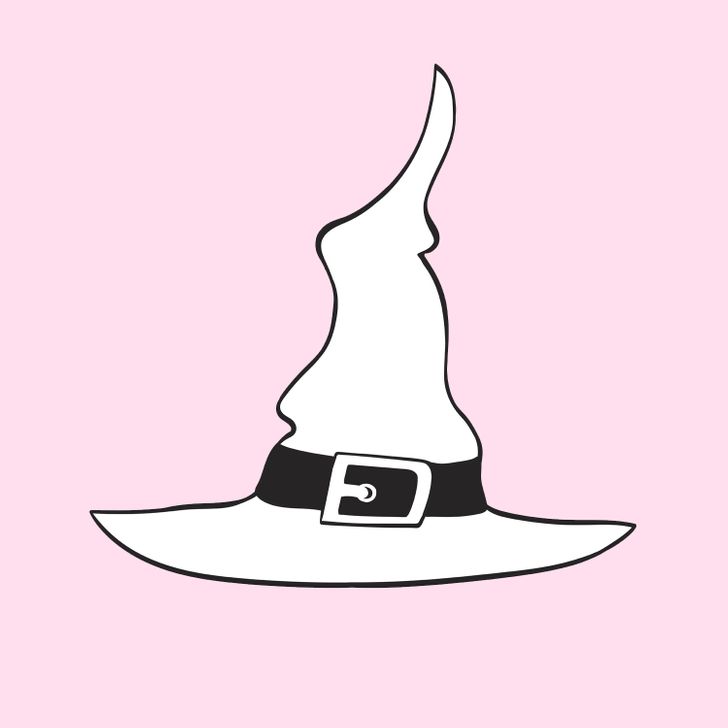
When donning this hat, your task is to understand exactly what you know and don’t know about this idea/project/issue.
Ask yourself the following questions:
✅ What information do I have regarding this matter?
✅ What other information do I need to collect?
✅ Where and how can I collect the missing information?
What to pay attention to:
✅ Separate facts from speculations.
✅ Assess the preciseness of the facts you possess at the current moment.
Red hat — emotions and feelings, intuition
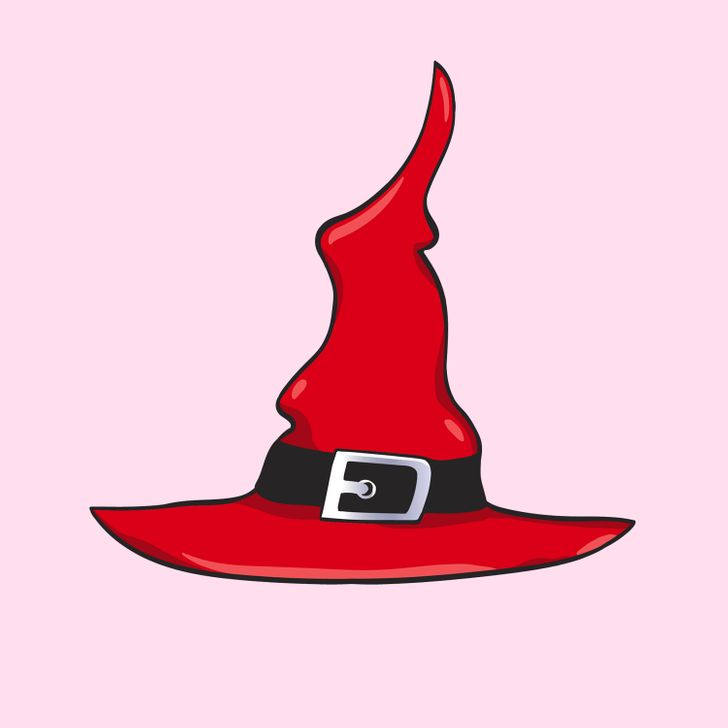
When wearing this hat, you need to listen to your feelings and trust your intuition.
Ask yourself the following questions:
✅ What are you feeling now?
✅ What does your intuition tell you? Do you have any premonitions?
What to pay attention to:
✅ Let your inner voice speak out, listen to what it says to you.
✅ Don’t justify your emotions.
Black hat — criticism and logic
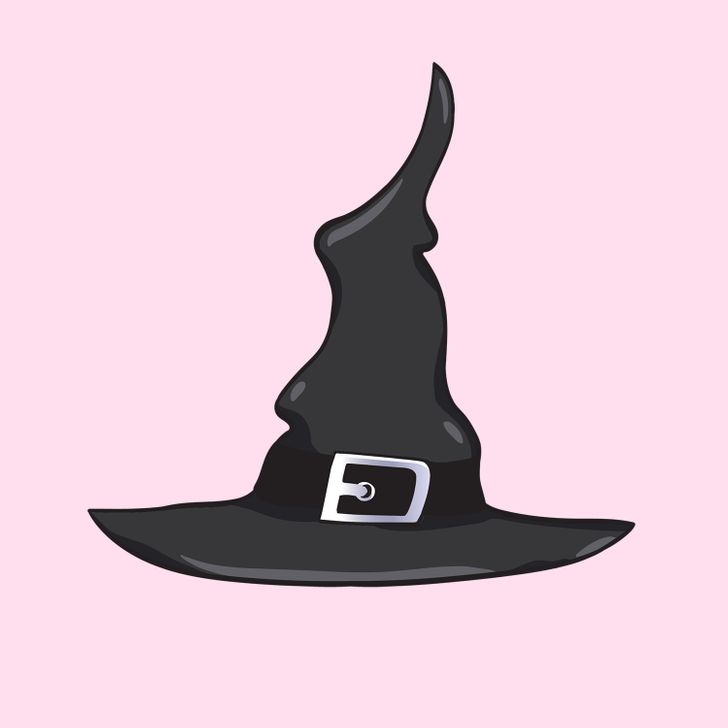
When putting on this hat, imagine that you are conducting a critical analysis. You need to think about the consequences, risk factors, drawbacks of the idea, etc.
Ask yourself the following questions:
✅ What issues you might face on the way to implementing your idea?
✅ What issues will you encounter for sure?
✅ What is the danger of your decision, what are the chances of a negative finish with this project?
What to pay attention to:
✅ Just like with the white hat, try to create rational thinking with the black hat.
✅ Explore the weak spots of your idea.
Yellow hat — optimism
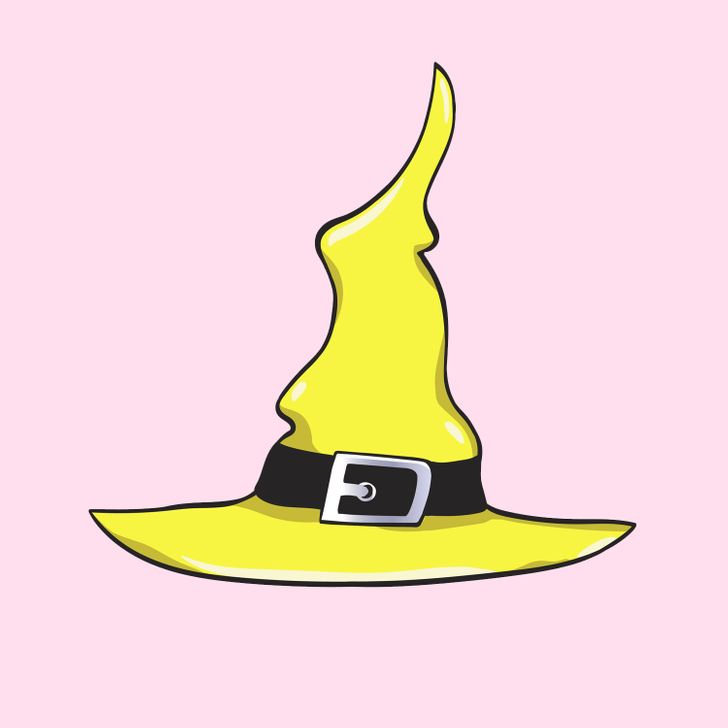
With this hat on, you need to turn on positive thinking to its fullest.
Ask yourself the following questions:
✅ What exactly is the advantage of your idea over others?
✅ What is the value of this idea, who can it be valuable for?
✅ What are the pluses of your idea?
What to pay attention to:
✅ Look at your project through the lens of unconditional acceptance.
✅ Try to disconnect from fears and negative emotions.
Green hat — creativity
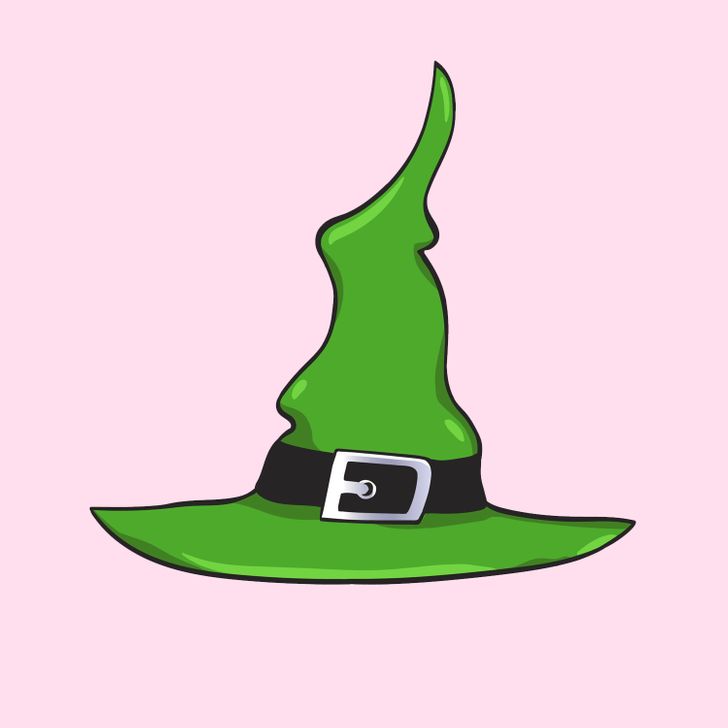
This hat will let you use your imagination to its fullest.
Ask yourself the following questions:
✅ What other methods can you use to solve the issue / to bring the idea to life?
✅ How would another person bring this idea to life?
What to pay attention to:
✅ Don’t stop at obvious solutions.
✅ Work through even the most seemingly ridiculous ideas.
Blue hat — control
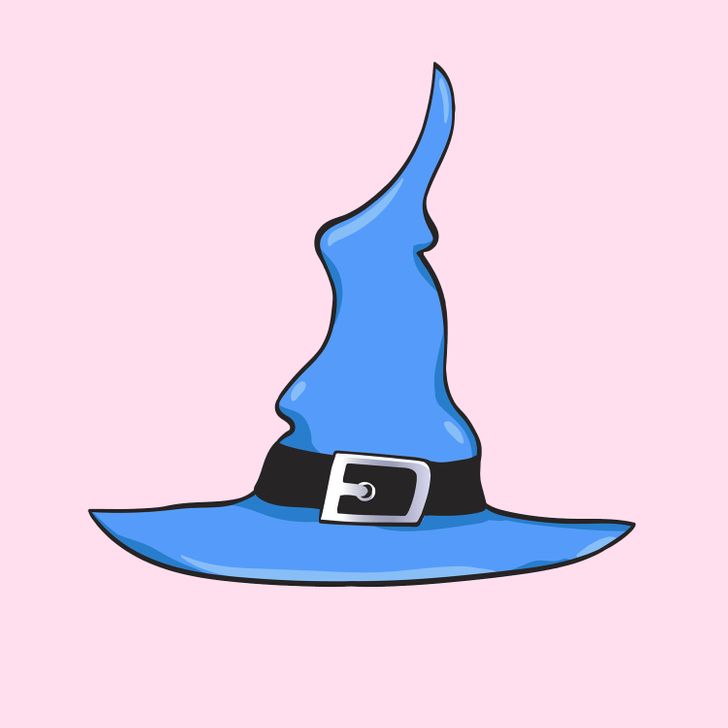
This hat will help you summarize all the lessons learned from trying on the previous hats. If you are working in a group, the supervisor is the one who puts this hat on. When donning it, you need to focus on the task and build a precise plan. It can also be tried on at the beginning to decide on the main goal or problem.
Ask yourself the following questions:
✅ How exactly will the problem be solved or the idea/project be implemented?
✅ What are the goals of the project?
✅ What else can be done for your idea?
What to pay attention to:
✅ Focus on making the decision.
✅ Analyze all the information or feelings that you gained from the previous hats.
✅ Create a precise plan.
Examples of hat sequences for each particular situation.
🔴 If you need to initialize an idea — blue, white, green, blue.
🔴 If you need to choose between alternatives — blue, white, green, yellow, black, red, blue.
🔴 If you need to identify solutions — blue, white, black, green, blue.
🔴 If you need to get quick feedback — blue, black, green, blue.
🔴 If you need to hold strategic planning — blue, yellow, black, white, blue, green, blue.
🔴 If you need to improve the process — blue, white, white (other people’s views), yellow, black, green, red, blue.
🔴 If you need to solve a problem — blue, white, green, red, yellow, black, green, blue.